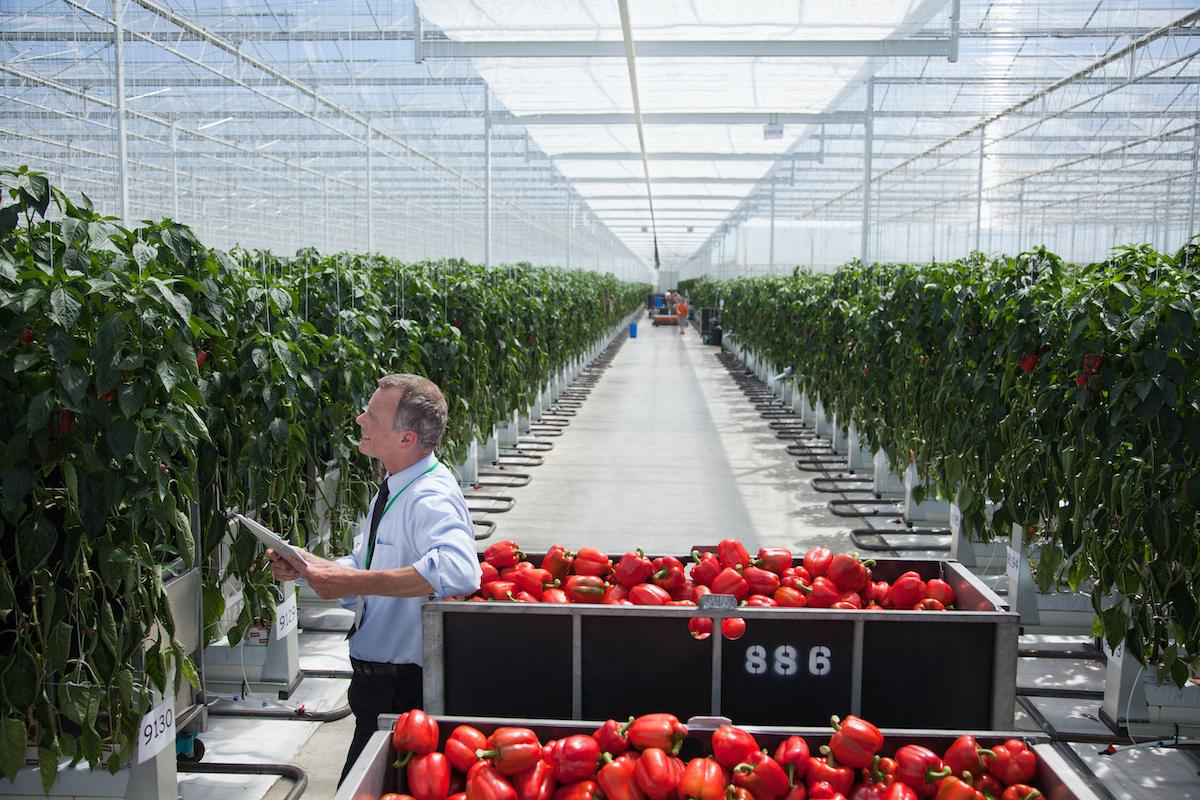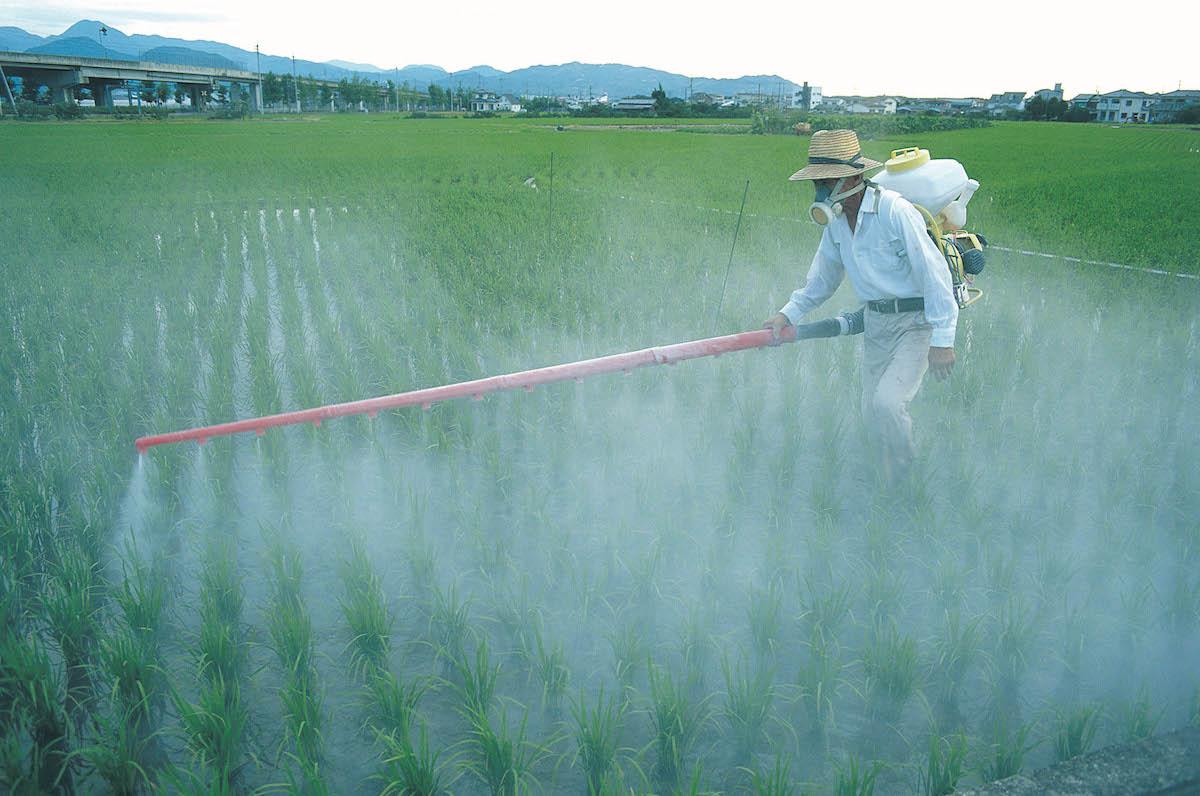Is It Safe to Eat GMOs? Here's What the Science Says
Updated Jan. 19 2021, 11:46 a.m. ET

As a person – maybe a parent – who prioritizes their health and wants to understand labels and what exactly goes into our food, it’s totally understandable to be somewhat mystified by GMOs. After all, nothing on labeling is really straightforward as far as what a GMO is, and how safe GMOs are.
If you’d like to learn more about GMOs – what they are, how they work, when they were invented, and perhaps most importantly, whether or not it's safe to eat GMOs – then keep reading all about the history and potential future of GMOs.

What does GMOs stand for?
GMO stands for genetically modified organism, and it is categorized as a food that has been genetically engineered. Genetically engineering crops could mean many different things. A crop can be genetically modified to grow bigger, grow faster, resist certain chemicals, thrive in certain climates, and more.
In the agriculture community, GMOs have been important as they aid in the growth of crop yield. If less crops die because of weather conditions, pests, or other factors, there is obviously more profit for the farms. And if small strawberries and apples aren’t really selling in the supermarkets, it makes sense that farmers would transfer their efforts to exclusively growing bigger strawberries and apples – something that genetic modification can help a lot with.
Are GMOs safe?

According to the Non-GMO Project, there is “no scientific consensus on the safety of GMOs.” Basically, there is still a lot of research that needs to be achieved before we can truly understand how GMOs impact public health.
In 2015, a group of 300 scientists, physicians, and scholars signed an official statement as a consensus that the media’s take on GMOs is “an artificial construct that has been falsely perpetuated,” as per the Center for Food Safety.
In fact, a 2018 meta-analysis backs up this claim. The analysis shows that genetically modified corn not only increases crop yields, but also provides health benefits such as reducing corn’s mycotoxins, a carcinogenic toxin that harms both humans and animals. The study found that GMO corn contained lower mycotoxin levels, as it decreased insect crop damage by 59.6 percent. Mycotoxins have been linked to increased risk of liver cancer.
Are GMOs tested for safety?
Independent studies are done on the impacts and risks of genetically modified organisms all the time. Some of these studies have found genetically modified organisms to be problematic to public health, while others have found GMOs to actually contain health benefits. However, the Food and Drug Administration does not specifically test genetically modified organisms for safety and does not have safety regulations for GMOs.
However, the FDA states it is “confident that the GE [genetically engineered] foods in the U.S. marketplace today are as safe as their conventional counterparts.”
The FDA maintains that it is the manufacturer’s responsibility to ensure all foods – but also foods treated with GMOs – are safe for human consumption.
The FDA also does not require independent pre-market safety testing for GMOs. Instead, agrochemical companies can submit their studies to the FDA in voluntary consultation, though these companies do not have to submit the studies in full. Once the information is provided to the FDA, the FDA then reviews and assesses the studies on foods treated with GMOs. Furthermore, these studies can be entirely independent and are not required to be peer-reviewed by any outside parties.
And animal safety testing? As it stands now, that’s not sufficient either, as the longest testing done on animal safety as it pertains to GMOs only lasted at most three months. Longer-term testing is going to need to be done if scientists are to understand the long-term effects genetically modified organisms have on humans and our health.
Which foods are commonly genetically modified?

If you are trying to avoid food made with GMOs, the best way to do that is buy organic or food with a “non-GMO” label. However, it’s also important to note that canola, corn, soy, and sugar beet are some of the most popularly genetically modified crops in the U.S. Since these ingredients are often included in most packaged foods, you’re more likely to be ingesting genetically modified organisms if you regularly eat non-organic packaged foods.
According to the Non-GMO Project, crops at high risk for GMOs include alfalfa, canola, corn, cotton, papaya, soy, sugar beet, yellow summer squash, animal products, potatoes, microbes and enzymes, and zucchini. Alternatively, low-risk crops include avocados, lentils, sesame seeds, spinach, and tomatoes.
Can GMOs be organic?
Organic standards are very stringent. If a food is labeled non-GMO, that means it has been grown on its own without any modifications to its genes, pesticides, synthetic fertilizers, and other toxic farming methods. When referring to “organic” in terms of meat, poultry, eggs, and dairy products, the animals who produced these byproducts were not fed growth hormones or treated with antibiotics.
The United States Department of Agriculture states, “the use of genetic engineering or genetically modified organisms (GMOs), is prohibited in organic products.” This means that food that is organic cannot also be treated with GMOs, and any food labeled “non-GMO” is legally required to not have been treated with GMOs. To find non-GMO foods, check out the Non-GMO Project’s database of verified non-GMO foods.
This is where the standards get really rigorous. Organic foods cannot grow from GMO seeds, nor can livestock producing organic byproducts eat GMO alfalfa, corn, or any other GMO-treated food. According to the USDA, "An organic soup producer can’t use any GMO ingredients," either.
If you are trying to avoid GMOs, the easiest way to do that is to look for foods labeled organic or non-GMO.
When were GMOs invented?
Genetically modified organisms have been around for a while now, almost 30 years. The first-ever genetically modified food approved for the shelves was the Flavr Savr tomato in 1994. This particular tomato was genetically modified to last longer on grocery store shelves, meaning it wouldn’t rot or mold as quickly as traditional tomatoes. This was achieved by inserting an antisense gene, which delayed the tomato’s natural response of ripening.
Basically, there's no official, clear-cut scientific consensus on the safety of consuming GMO foods, and it's something you'll have to decide on for yourself based on the information out there — though know that entirely avoiding GMO foods is a near-impossible task.